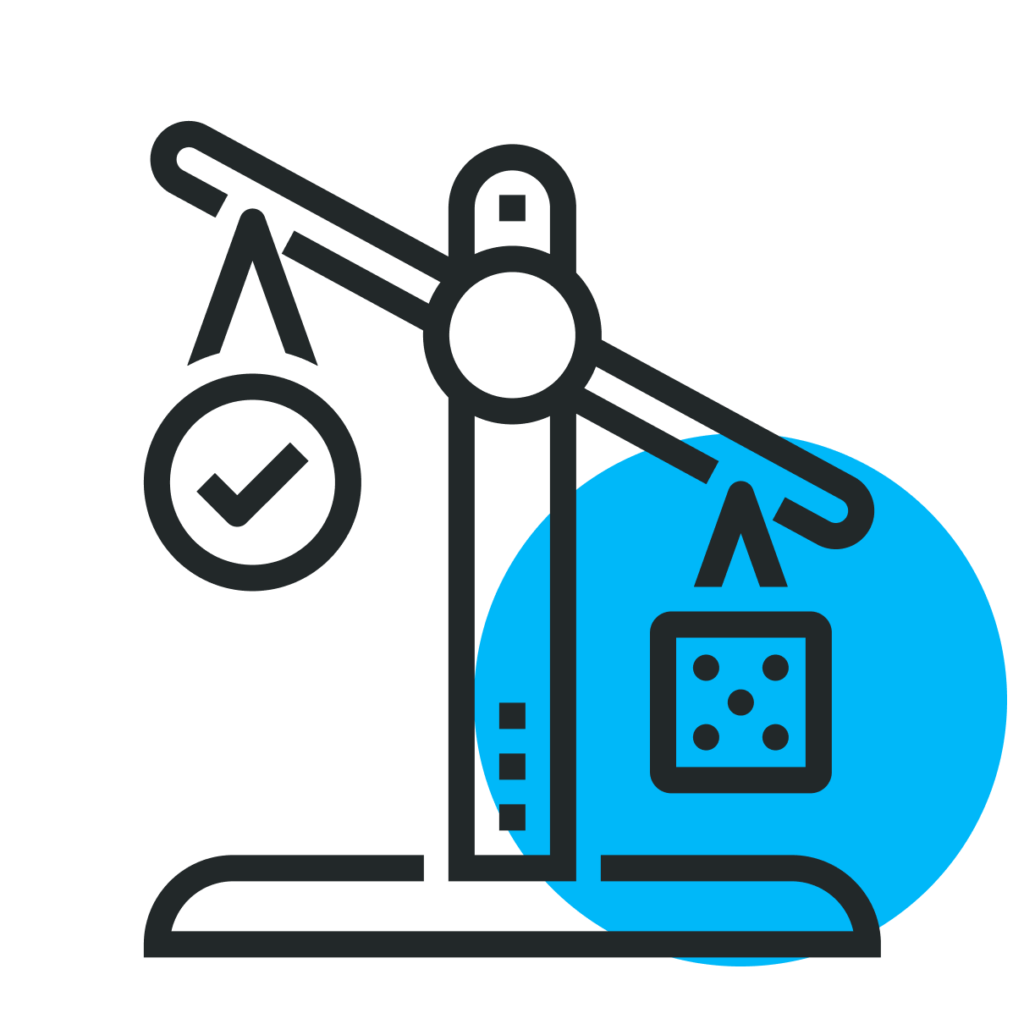This principle is named after William of Ockham. He was an English Franciscan friar, philosopher, and theologian. He didn’t actually invent this principle but he used it a whole lot in his writings. So much so, that later writers named this concept after him.
Aristotle said something similar: “We consider it a good principle to explain the phenomena by the simplest hypothesis possible.”
During the scientific revolution, notable figures like Galileo and Newton used this principle in their scientific research, favoring simpler theories that could adequately explain natural phenomena. Over the centuries, Occam’s Razor has become an essential heuristic in different fields, guiding scientists and thinkers to opt for simplicity in their explanations.
Lots of software teams tend to overdo it. They tend to add way too many elements and features that tend to overwhelm users and water down the meaningful features.
For UX and product teams, Occam’s Razor can influence the design and implementation of more straightforward and user-friendly features by favoring simpler design choices and feature sets that fulfill the necessary functions without added complexity and confusion
It guides the development of products by encouraging the integration of features that offer the most utility with the least complexity, resulting in more efficient, effective, and useful products.
In engineering, this principle is particularly useful in troubleshooting and problem-solving. Engineers often apply Occam’s Razor to hypothesize the simplest cause of a problem before exploring more complex explanations.
One of my favorite authors, Antoine de Saint-Exupéry has a quote that sums this concept up perfectly: “Perfection is achieved not when there is nothing more to add, but when there is nothing left to take away.”
In other words, keep it simple.
🎯 Here are some key takeaways:
Our options are endless
We can add nearly anything to our products. It's easy to add feature after feature. Instead of overcomplicating our products, prioritize solving problems and user needs. Always ask yourself if adding this element or feature will add value.
Simpler isn't always best
The simplest explanation is not always the best approach. Be open to revisiting and revising your approach as new information becomes available.
Occam's Razor is a starting point
This principle should guide initial thinking, but it should be balanced with empirical evidence and thorough analysis.
Use data to inform your decisions
It's easy to get into the habit of cutting features or elements, but always check the data to make sure you're reducing the right things.
Accessibility comes first
When we keep it simple, use simple, plain language, reduce clutter, and extra visuals like animated elements, video, or music, we may end up improving accessibility by simplifying visuals, improving load times, and reducing visual noise.
📚 Keep exploring
To dive deeper into the topic of attentional bias and its implications for decision-making, check out these resources:



